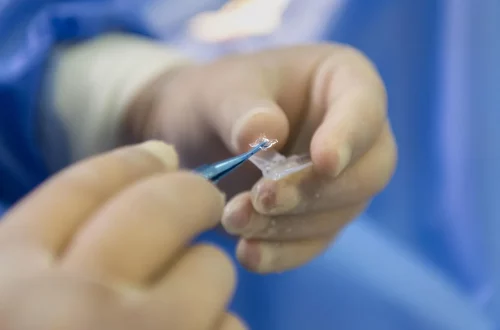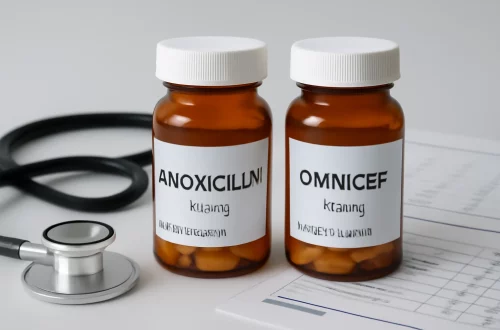-
The Benefits of Red Light Therapy for Dogs’ Health and Wellbeing
Red light therapy is becoming increasingly popular as a holistic approach to enhancing the health and wellbeing of our canine companions. This innovative treatment utilizes low-wavelength red light to penetrate the skin, promoting healing and reducing inflammation. As pet owners seek alternative methods to support their dogs’ health, red light therapy emerges as a promising option. It is particularly appealing due to its non-invasive nature and the minimal side effects reported in various studies. The concept of using light for healing isn’t new; it has roots in ancient practices and has evolved into modern therapies that offer practical solutions for various health issues. Dogs, like humans, can experience a range…
-
Understanding Hamstring Injuries in Horses: Causes and Treatments
Understanding hamstring injuries in horses is a critical aspect of equine health that often goes unnoticed until a problem arises. These injuries, affecting a group of muscles located at the back of the thigh, can significantly impair a horse’s performance and overall wellbeing. The hamstring muscles play a vital role in locomotion, allowing for powerful strides, quick acceleration, and effective deceleration. When a horse sustains a hamstring injury, it can result in pain, swelling, and limited mobility. The causes of such injuries can be varied, ranging from overexertion during training to direct trauma during play or competition. Additionally, certain breeds and ages may be more susceptible to these types of…
-
Understanding Dex for Horses: Benefits and Usage Explained
Understanding Dex for Horses: Benefits and Usage Explained Dex, short for dexamethasone, is a synthetic corticosteroid that is widely used in veterinary medicine, particularly for horses. This powerful anti-inflammatory drug is often employed in the treatment of various conditions, including allergies, autoimmune disorders, and certain types of infections. The use of dexamethasone in horses has gained popularity due to its effectiveness in managing inflammation, pain, and a variety of other health issues. Veterinarians often turn to dexamethasone when other treatments have failed or when a rapid response is required. Its ability to suppress the immune system can also be beneficial in specific scenarios, such as during severe allergic reactions or…
-
What Does Ringworm Look Like on Dogs and How to Identify It
Understanding skin conditions in dogs is essential for every pet owner. One common concern that arises is ringworm, a fungal infection that can affect the skin, hair, and nails of dogs. Despite its name, ringworm is not caused by a worm but rather a group of fungi known as dermatophytes. This condition can be quite distressing for both dogs and their owners, not only due to the discomfort it causes but also because it can be contagious to other pets and even humans. Identifying ringworm early is crucial for effective treatment. Pet owners should be vigilant for any unusual signs or changes in their dog’s skin and coat. Ringworm can…
-
What Is the Average Lifespan of a Horse and Factors Affecting It
Horses are majestic creatures that have captivated humans for centuries. Known for their strength, beauty, and grace, these animals have played vital roles in agriculture, transportation, and even as companions. Understanding the lifespan of a horse is essential for anyone involved in equine care, whether you are a horse owner, trainer, or simply an admirer of these remarkable animals. Horses are not just pets; they are living beings with specific needs and care requirements that can significantly affect their longevity. The average lifespan of a horse can vary greatly depending on several factors, including breed, health, nutrition, and living conditions. While some horses may only live into their late teens,…
-
Understanding Torn Meniscus in Dogs: Symptoms, Causes, and Treatment
Understanding a torn meniscus in dogs can be crucial for pet owners, especially those who are active with their furry companions. The meniscus is a C-shaped cartilage that acts as a cushion in the knee joint, and its integrity is vital for maintaining proper joint function. When a dog suffers from a torn meniscus, it can lead to significant pain and mobility issues, impacting their quality of life. This injury can occur due to various factors, including age, activity level, and underlying health conditions. Recognizing the signs of a torn meniscus early can make a significant difference in the treatment and recovery process. While some dogs may exhibit sudden symptoms…
-
Amoxicillin Dosage Chart for Dogs: A Comprehensive Guide
Amoxicillin is a widely used antibiotic, known for its effectiveness in treating various bacterial infections in both humans and animals. This medication belongs to the penicillin group and works by inhibiting the growth of bacteria, making it a crucial tool in veterinary medicine. Dog owners often find themselves in situations where their furry companions require antibiotic treatment, whether for infections, dental issues, or even post-surgical care. Understanding the appropriate dosage of amoxicillin for dogs is vital for ensuring their health and safety. When it comes to administering any medication, especially antibiotics, it’s essential to follow the veterinarian’s guidance meticulously. The wrong dosage can lead to ineffective treatment or, worse, adverse…
-
Understanding Anal Knot in Dogs: Causes, Symptoms, and Treatment
Understanding Anal Knot in Dogs: Causes, Symptoms, and Treatment When it comes to our furry friends, dogs, we often find ourselves worrying about their health and well-being. Just like humans, dogs can experience a range of health issues that might not be immediately visible. One such condition that can cause distress in our canine companions is known as an anal knot. This condition, while not as commonly discussed, is important for dog owners to understand. It involves a complex interplay of anatomical, physiological, and behavioral factors that can affect a dog’s quality of life. The anal region is a sensitive area for dogs, and any changes or abnormalities can lead…
-
Understanding Anal Knot in Dogs: Causes, Symptoms, and Solutions
Understanding the health and well-being of our canine companions is an essential part of responsible pet ownership. Dogs, much like humans, can experience a variety of health issues throughout their lives. One condition that often goes unnoticed until it becomes severe is an anal knot. This health concern, while not often discussed, can cause considerable discomfort for dogs and significant worry for their owners. Anal knots may arise from various underlying issues, including physical ailments or behavioral problems. The anatomy of a dog is complex, and understanding how the anal glands function can shed light on why these knots occur. As pet owners, being knowledgeable about such conditions can aid…
-
Understanding Bute Drug Use in Horses: Benefits and Risks Explained
The use of medications in equine care has always been a topic of significant interest and debate among horse owners, trainers, and veterinarians. Among these medications, phenylbutazone, commonly known as Bute, has garnered attention for its effectiveness in managing pain and inflammation in horses. This non-steroidal anti-inflammatory drug (NSAID) has been a staple in equine medicine for decades, particularly in the context of treating musculoskeletal issues, which are prevalent in performance and racehorses. Despite its benefits, the use of Bute is not without controversy. Concerns about its long-term effects, potential side effects, and implications for horse welfare have sparked discussions within the equestrian community. As horse owners seek to ensure…




































